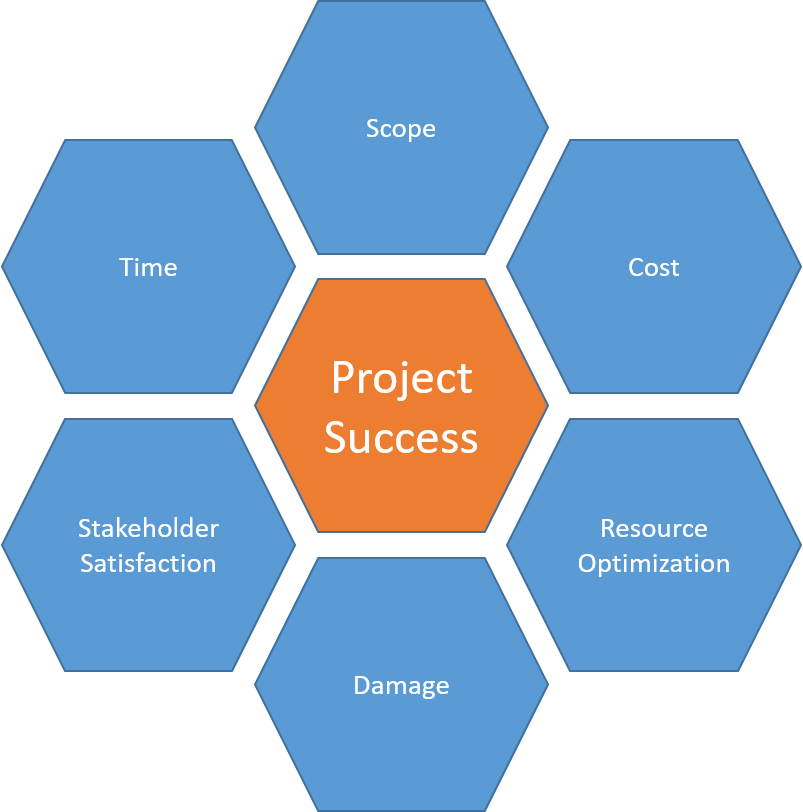Summary
Transformation is not a change process, but a small crisis. 80% of people prefer stability to change. Change is a necessary evil for this type of person to move from one stable state to another. The change agent or project manager must therefore change old rules, which allow the no longer desired action strategies. In order to change a project culture, the patterns of thought and behavior of all participants must be changed. Project culture is the sum of all thought and behavior patterns of all people in the system. It is a misconception that managers or project managers should give fewer rules and instructions so that the team can and will become innovative.
Transformation is a crisis
Transformation is not a change process, but a small crisis. Therefore, a change agent does not have to admonish that certain actions are no longer desired or that others are desired. On the other hand, he should consciously take old patterns of thinking / possibilities of action as the basis for application through other rules. The “Change Agent” does not carry out change, but limits or expands room for maneuver. And he coaches consciously, but does not monitor. He must ensure that the old strands of action are not used for 90 days in order to make a new pattern of action possible for the colleagues involved. In this period new patterns of thinking are sought, old habits are thrown overboard and the new patterns of thinking are finally applied without effort.
So much for the ideal world.
Stability is the dream of most people
80% of people prefer stability to change. The reason for this is that people want to use as little energy as possible to achieve something. A change needs more energy and is therefore unwanted. Changes are a necessary evil for this type of person to move from one stable state to another. This is also seen by these people as a criticism of their previous attitudes, actions or whatever is to be changed. In today’s complex world, in which stable states – if at all – arise only very briefly, constant change is rather the normal state. I assume that today’s environments therefore perceive people as more stressful.
Project managers or “change agents” should change something over which you have no influence: Thinking patterns and attitudes of participants. As I said, the agent must therefore change old rules that allow for strategies that are no longer desired. With the new rules each participant in the transformation will then acquire new patterns of behavior and thinking.
If I want to change something, I must consciously plunge myself and my organization into a crisis in order to bring about a change.
Changing the project culture
In order to change a project culture, I have to change the patterns of thought and behavior of all participants, because they shape the project culture. Project culture is therefore not a centrally defined guideline, but a sum of all thought and behavior patterns of all people in the system.
The well-known leadership models and project organizations are often based on very old models such as military and church structures. These models create stability, but no change. This is because the limits for patterns of thought and behaviour are set. In leadership it becomes more and more important to forget the existing (patterns of thinking or behaviour) in order to make innovations possible.
The misbelief as a leader should be given fewer rules today
It is therefore a misconception that managers or project managers should give fewer rules and instructions so that the team can and will become innovative. In order to enable innovation, the project manager has to set different / new rules so that the team changes from the “comfort zone” (old thinking patterns and actions) to a new state and can create something new.











